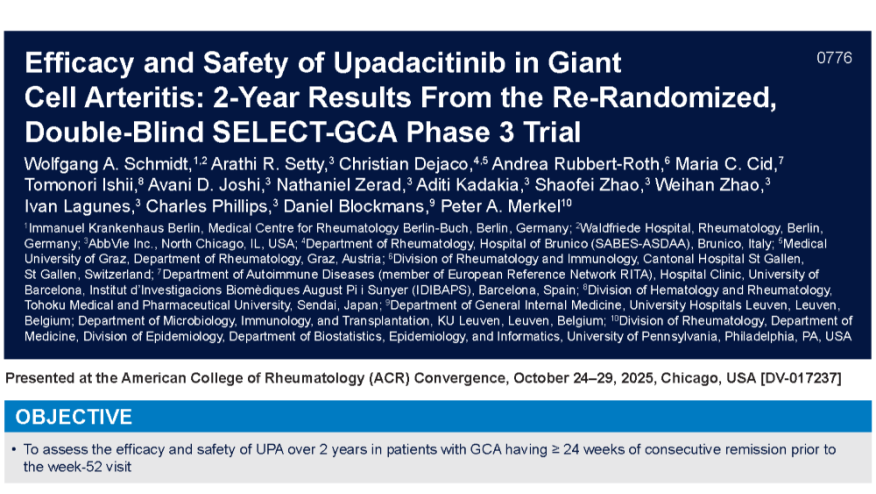Improving Drug Safety Communications Save

pWhat do you call it when you say one thing and the listener hears something else? Potential answers would include hard of hearing, parenting or the physician-patient relationship. In each of these, it’s not about what you said – it’s about what was heard./p pAll relationships flourish with good communication and suffer when it is lacking. While some of us are better than others, all will have to communicate risks to patients. nbsp;Risk communication is difficult because itnbsp;depends on more than what you know (20%); it requires you to be effective at communicating those risks to a wide range of listeners/patients (the other 80%)./p pEducating on the risks of a medicationnbsp;you want the patient to take (which they are leery of as soon as it is prescribed) can be tricky or difficult, or you can take steps to make this consistent, clear and actionable for your patients. You may be at a disadvantage if you’re a newbie rheumatologist, not a “talker” or biased by your beliefs about the medications you prescribe. Most physicians have no training on risk communication and generally adopt educational materials from what the companies leave in our offices. Hence, a plan is needed to overcome the patient concerns that are firmly rooted in too little or wrong information./p pYou can say too much, be too detailed or technical, or talk over their heads. You can also say too little, be remiss or overly confident in your prescriptive powers. Or you might just get it just right.nbsp;Delivering the right balance of information, in a clear and concise manner is most effective, especially when it’s repeated and reinforced./p pPatients largely get their safety information from sources that worry physicians, including: 1) Pharmacy print outs (everything ever reported, including the preclinical goat studies); 2) direct-to-consumer advertising (primarily TV ads that sell the drug while scaring the patients to no end); 3) concerned friends and relatives who have negative stories to tell and 4) Colleagues in medicine (PCPs, surgeons, dentists, pharmacists, nurses) who get their drug safety education from the same TV ads noted above./p pThe longer someone takes a medicine, the more opportunities they have to be confronted by the bad stories, anecdotes, advice and press releases about their drug. These become the anecdote that unnerves the patient and undermines care. Conversely, the physician’s certainty in a drug choice coupled with their initial education on risk is sufficient, not realizing the patient worry about medication is an ongoing threat to compliance and treatment success./p pstrongConsistent/strong. Thus, education on safety is an ongoing process that should be addressed at every visit. This can be incorporated into EMR generated patient handouts given at each visit. Or you can end each visit with the same recitation of common side effects (“these are the 3 most common side effects with drug ABC”) or rules for use (“don’t let anyone stop or change this medication without calling me” or “call me if fever 101F develops”)./p pstrongClear./strong Three components are needed for clarity: 1) Brevity; 2) Relevance; 3) Understandable language and terms. Brevity and relevance are intertwined. Deliver the fewest words in the most understandable terms. You’re not obligated to cover every potential side effect – that’s what the pharmacy handout, package insert and TV ads do with great confusion and consternation. I recommend you cover a few of the most common side effects (i.e., if you’re starting a biologic, you should watch for 1. More “colds” or minor infections; 2. Skin reactions from the injection; 3. Headache). You could also launch a few rare risks (like the TV ads), but I believe it’s better to ask the patient about rare side effects that worry them and then explain them./p pThe language used to describe the risk has to be understandable and delivered in terms the patient understands.Listing all side effects without weighting will equalize the importance and likelihood of all these side effects to the patient. Instead weighting with relative risks can be much more meaningful to the patient (Table), Instead of percentages, you can represent risks as either: common (mild), uncommon (worrisome), rare (serious) or very rare (dangerous).A common convention is that common = 10% risk; uncommon = 1-10% risk; rare = 1/1000 risk; and very rare = 1/10,000 risk. In, addition it can be helpful to relate the numeric risk to a real life risk, such as the risk of dying in a car accident (one in 6700). Here is an a href="https://www.aaai.org/Papers/Symposia/Spring/2006/SS-06-01/SS06-01-005.p…"interesting paper from Ruth Day at Duke University/a on how to represent or communicate drug information, dosing schedules and side effects./p table align="center" border="1" cellpadding="0" cellspacing="0" tbody tr td style="width: 241px; text-align: center; vertical-align: top;" pstrongThe Biologic Risk for the Patient/strong/p /td td style="width: 144px; text-align: center; vertical-align: top;" pstrongHow would you categorize “the risk”/strong/p /td td style="width: 253px; text-align: center; vertical-align: top;" pstrongEquivalent Real World Comparator Risk/strong/p /td /tr tr td style="width: 241px; text-align: center; vertical-align: top;" p25-35% risk of a cold, URI, sore throat, bronchitis/p /td td style="width: 144px; text-align: center; vertical-align: top;" pCommon/p /td td style="width: 253px; text-align: center; vertical-align: top;" pOdds that your drive-up order at McDonalds is correct OR/p pOdds that a President attended Harvard/p /td /tr tr td style="width: 241px; text-align: center; vertical-align: top;" pSerious infections 1-3% or 2-6 event/ 100 Pt-yrs/p /td td style="width: 144px; text-align: center; vertical-align: top;" pUncommon/p /td td style="width: 253px; text-align: center; vertical-align: top;" p1/30 Odds of having twins/p /td /tr tr td style="width: 241px; text-align: center; vertical-align: top;" p1/700 risk of tuberculosis/p /td td style="width: 144px; text-align: center; vertical-align: top;" pRare/p /td td style="width: 253px; text-align: center; vertical-align: top;" p1/800 odds of having Downs birth/p /td /tr tr td style="width: 241px; text-align: center; vertical-align: top;" p1-3/5,000 risk of drug-induced lupus/p /td td style="width: 144px; text-align: center; vertical-align: top;" pVery Rare/p /td td style="width: 253px; text-align: center; vertical-align: top;" p1/2700 odds of dying in a fire/p p1/8015 odds of dying in a plane crash/p /td /tr /tbody /table pstrongActionable/strong.nbsp; Your instructions need to be put to use to be reinforced and meaningful.nbsp; You can accomplish this by having your own “rules” for using or stopping a drug and giving the patient a copy initially and repeatedly.nbsp; You can also give the patient specific instructions for specific situations, such as, “call me if you get a high fever over 101F” or “I need to know if you’re not better within the next two weeks”.nbsp; Lastly, reinforce the importance of monitoring and drug safety measures like safety labs, TB testing, or chest X-rays.nbsp; It’s important that they understand their role in ensuring drug safety./p pBe Consistent; Communicate Clearly; and involve the patient in Actionable rules and tasks./p pnbsp;/p











If you are a health practitioner, you may Login/Register to comment.
Due to the nature of these comment forums, only health practitioners are allowed to comment at this time.